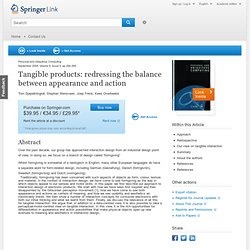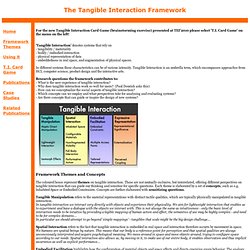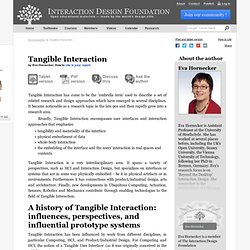

MIT Made A Game To Figure Out How Our Brains Work In The Dark. Famous Portuguese footballer Cristiano Ronaldo is so good at what he does, he can score a goal even when he is plunged into darkness.

What makes that possible? Advanced calculations by our subconscious that take over when our eyes are closed to let us know where we are in the physical world. Now, MIT is aims to explore this mental math with an app. Darkball, an iPhone game designed by Che-Wei Wang and MIT Media Lab's Playful System Group, challenges users to catch a ball in the dark by tapping the screen when they think the invisible ball is passing through the circle.
Combining stark colors, simple shapes, and clean typography to good effect, each round starts with a randomly placed line popping up to bisect the screen. The objective of Darkball is to see how many times you can catch the ball in a row. "I imagined some kind of exercise would be able to increase the brain's performance the same way we lift weights to strengthen our muscles," Wang says. 4 Predictions For The Future of Sustainable Business. There has been an important shift in the past decade around how companies view sustainability.

Once a back-of-the-house issue for risk analysts and facilities folks looking to reduce costs and keep the company out of trouble, sustainability has now emerged as a largely untapped front-of-the-house opportunity to create brand value, innovation, and new revenue streams. To help make sense of this, Dimitar Vlahov, director of content development at Sustainable Brands Worldwide, a global network of brand leaders focused on these issues, shares four emerging trends that point to a future where sustainability will be a business game changer. Supply chains will be tapped for shared value Over the past decade, large companies have become increasingly adept at analyzing their supply chains for environmental and social risks and, in turn, have been extending their responsibility more deeply into the supplier relationship.
Data will be smarter and highly personal. Augmenting fun and beauty. Interaction relabelling and extreme characters. Tangible products: redressing the balance between appearance and action. Over the past decade, our group has approached interaction design from an industrial design point of view.

In doing so, we focus on a branch of design called “formgiving” Whilst formgiving is somewhat of a neologism in English, many other European languages do have a separate word for form-related design, including German (Gestaltung), Danish (formgivnin), Swedish (formgivning) and Dutch (vormgeving). . Traditionally, formgiving has been concerned with such aspects of objects as form, colour, texture and material. In the context of interaction design, we have come to see formgiving as the way in which objects appeal to our senses and motor skills. Creating physical legibility of the controls. Tangible Interaction Framework. For the new Tangible Interaction Card Game (brainstorming exercise) presented at TEI'2010 please select 'T.I.

Card Game' on the menu on the left! ‘Tangible Interaction’ denotes systems that rely on - tangibility / materiality - bodily / embodied interaction - physical representation of data - embeddedness in real space, and augmentation of physical spaces. In different systems these characteristics can be of various intensity. Tangible Interaction is an umbrella term, which encompasses approaches from HCI, computer science, product design and the interactive arts. Research questions the framework contributes to: - What is the user experience of tangible interaction? Framework Themes and Concepts The coloured boxes represent themes on tangible interaction.
Tangible Manipulation refers to the material representations with distinct tactile qualities, which are typically physically manipulated in tangible interaction. Pen and Touch-based User Interfaces and Applications. Website Goal An evolving repository that focuses on research in pen- and touch computing, both the user experience and applications.

While it includes pointers into the large and constantly-evolving area of user interface and experience, its intent is to highlight the unique properties that pen and touch interfaces provide. Microsoft Research Asia "User Interfaces: Evolution and Revolution" Talks - April 2011 Printable "User Interfaces: Evolution and Revolution" pptx files. Eva Hornecker - Google Scholar Citations. Tangible products: redressing the balance between appearance and action.
Tangible Interaction. .

Unfortunately, world class educational materials are normally hidden behind payment systems or in expensive textbooks. If you want this to change, you should . As such, these copyright terms are designed for the author and the reader, not the publisher and the profit. Except as otherwise noted, this work is copyright of Eva Hornecker and The Interaction Design Foundation (Chr. Molbechs Vej 4, DK-8000 Aarhus C, Denmark) and is licensed under the following terms: License 1. 2. 3. To Reproduce the Work, to incorporate the Work into one or more Collections, and to Reproduce the Work as incorporated in the Collections; to create and Reproduce Adaptations provided that any such Adaptation, including any translation in any medium, takes reasonable steps to clearly label, demarcate or otherwise identify that changes were made to the original Work.
The above rights may be exercised in all media and formats whether now known or hereafter devised. 4. 5. 6. 7. 8. Tangible Interaction.